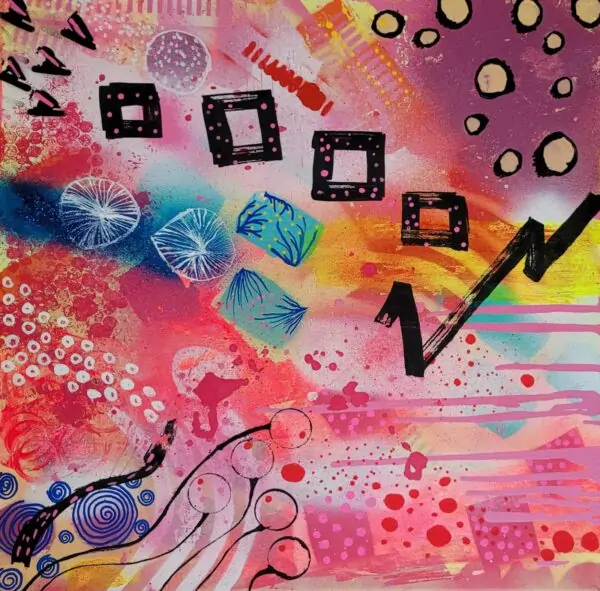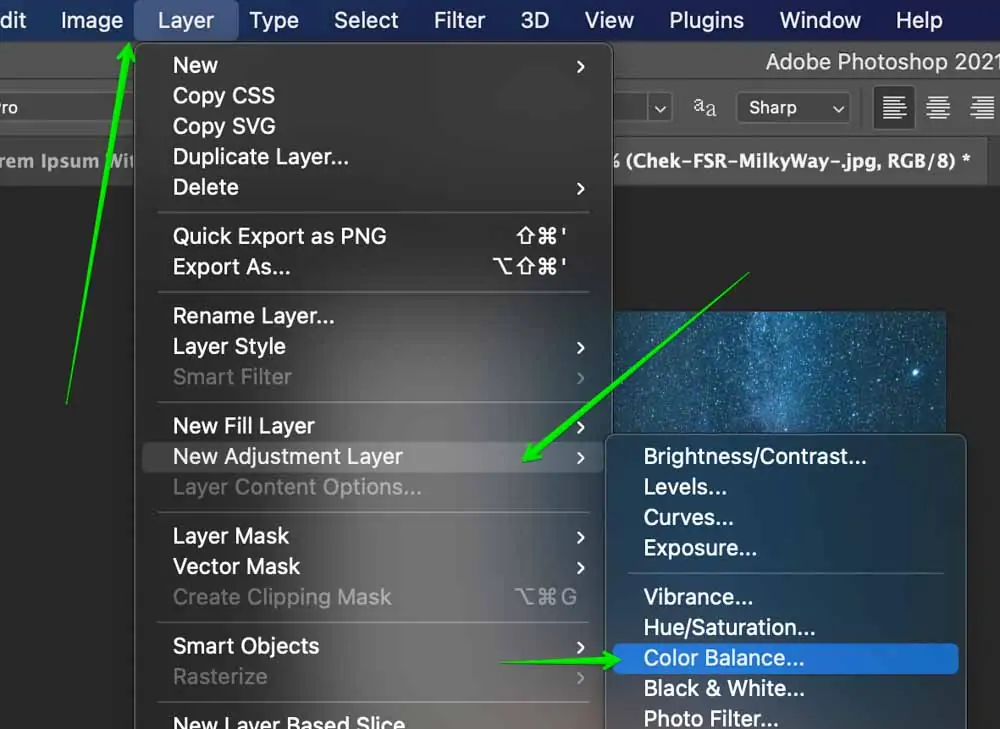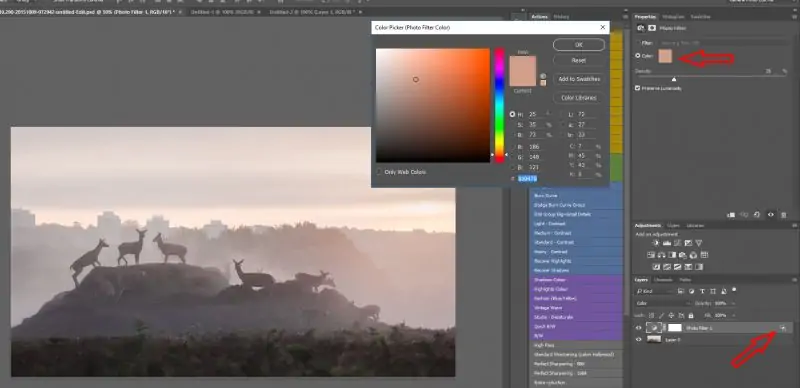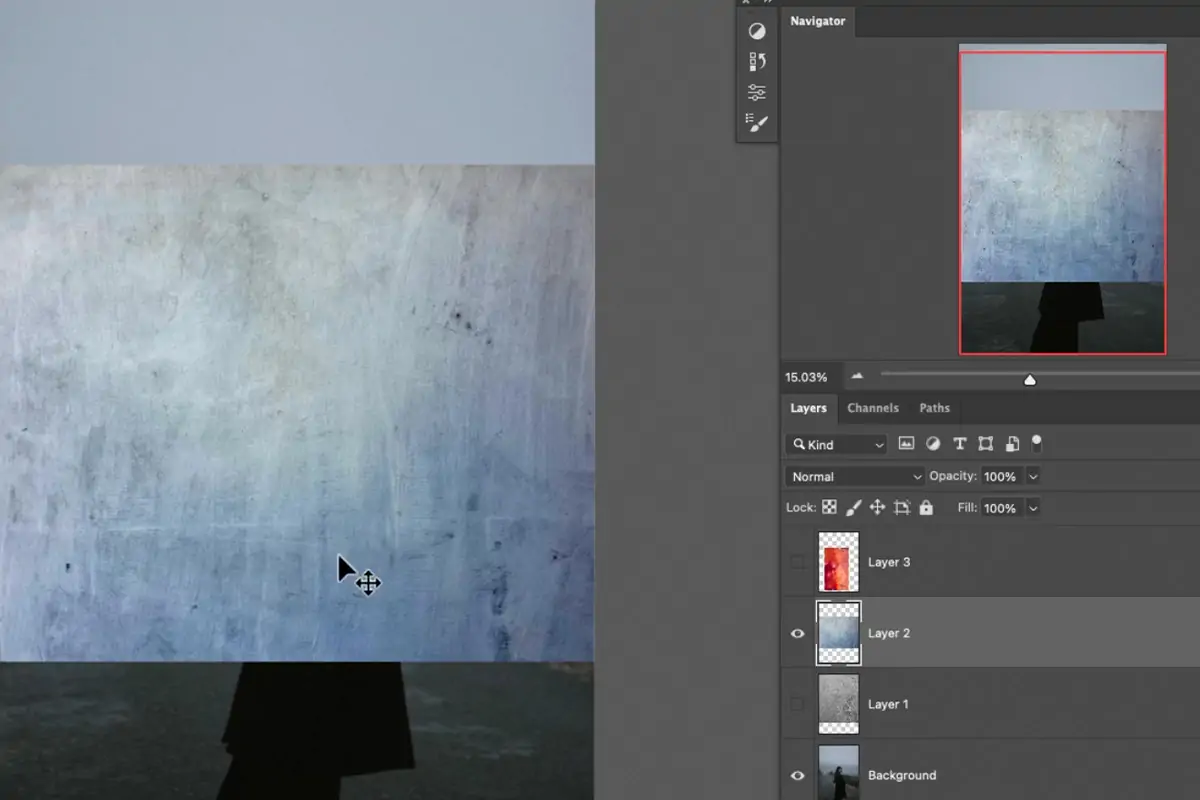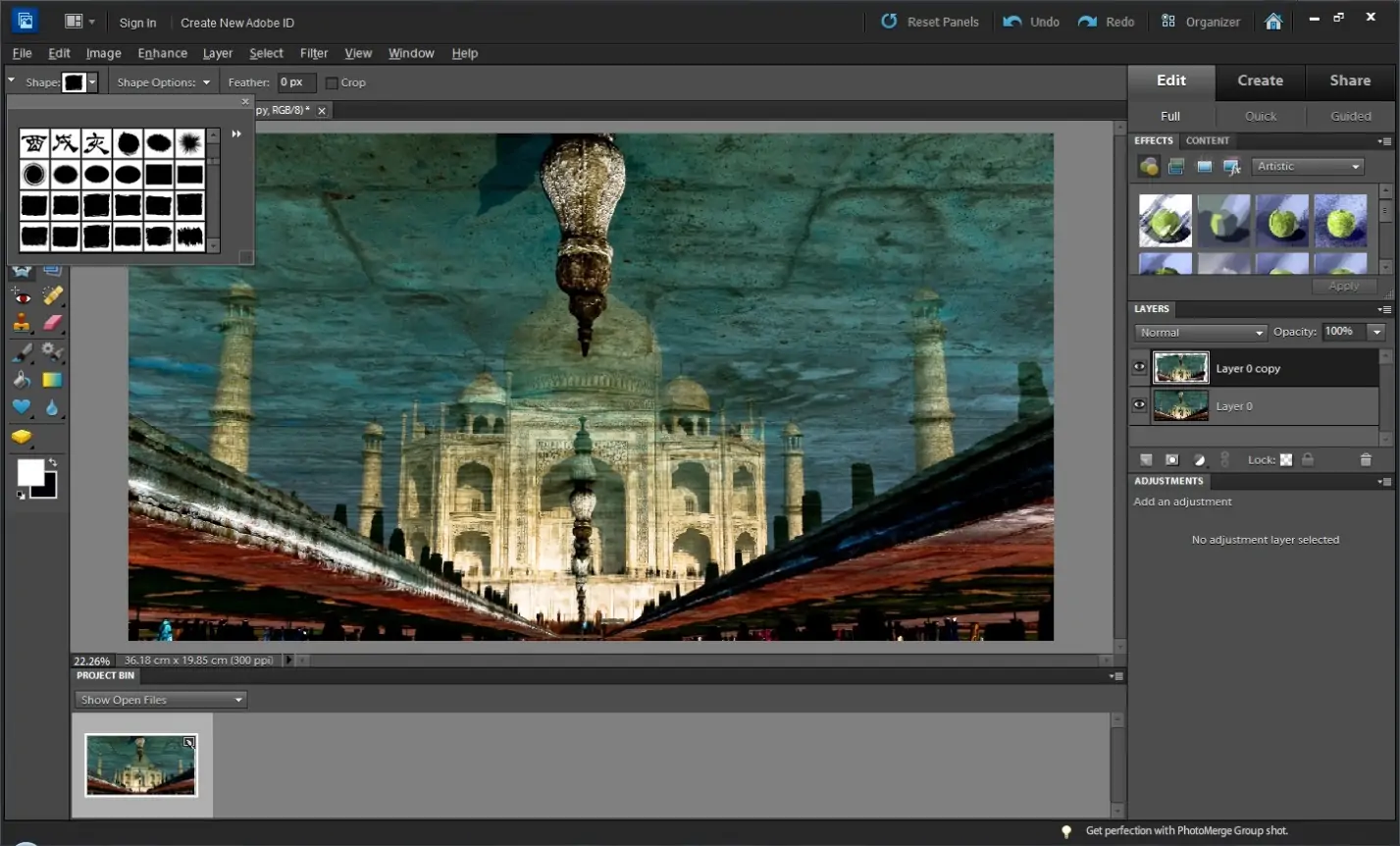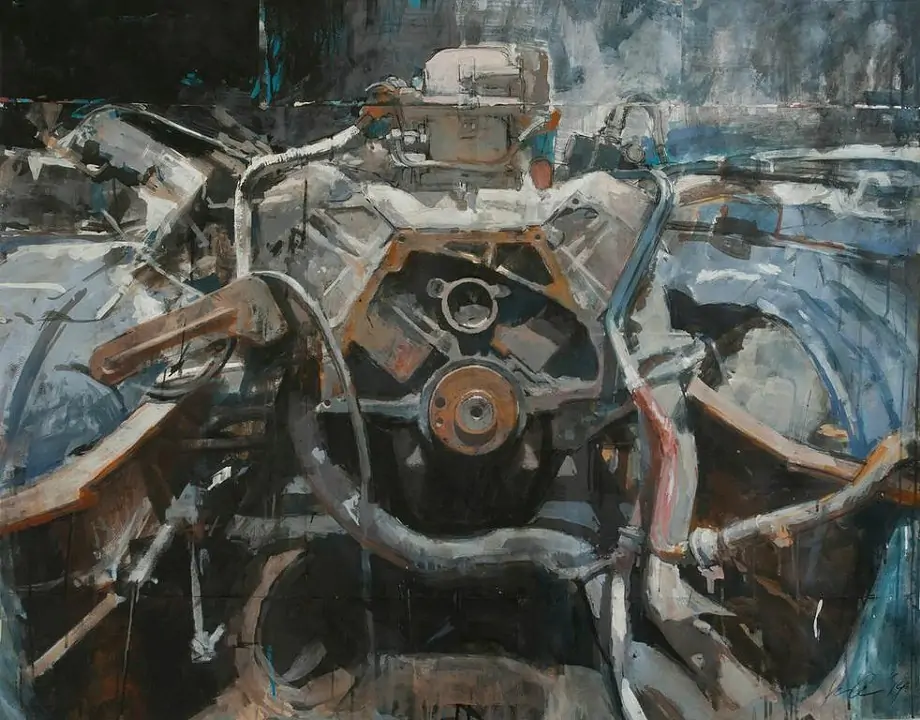
How To Create Zeitgeist Art
Zeitgeist is an art concept that acts as a mirror echoing the spirit of a particular spirit or the mood of a specific period in history. It encloses collaborative thoughts, grabbing the dominant ideas, norms, and references of a society of a specified era. The zeitgeist themes have been inspiring various artist both intentionally or unknowingly in the way of expressing their creativities. Especially when it comes to visual art, chronological art themes like impressionism, surrealism, and pop art seem to be inspired by zeitgeist art. Artists can incorporate unique techniques, materials, and mediums to express their inside ideas in the mirror of the zeitgeist approach. They can use symbols and imagery that resonate with present-day societal cultures and norms. Moreover, with the use of digital art tools, recreating cherished artworks with accuracy and consistency becomes more effortless. This blog will go through the techniques and steps that can help artists express and create zeitgeist-based visual narratives, considering contemporary audiences.
Step 1: Creating Initial Concepts
Start by conceptualizing the key topics, messages, or feelings you need to communicate through your artwork. Think about the contemporary zeitgeist and how you’ll reflect or react to it creatively. Establish the central concept or story that will drive your artistic discovery.
Take a look at various sources for inspiration, including art displays, online platforms, books, films, and current events. Seek for imagery, textures, colors, and ideas that resound along with your vision. Take notes, bookmark websites, and collect reference materials to get help in your creative process.
Sort out your assembled inspiration into a visual temperament board utilizing digital or physical collage procedures. Organize images, surfaces, and colors to bring out the climate and aesthetic you envision for your work of art. Utilize the mood board as a reference point all through your creative journey to remain parallel with your beginning vision.
Step 2: Creating Initial Outlines
Start by drawing rough traces or thumbnails of your artwork to experiment with distinctive compositions and arrangements. Concentrate on creating the general structure, format, and balance of your piece. Observe the arrangement of key components, such as focal points, foreground, backdrop, and negative space.
Audit your outlines and refine the composition to reinforce the visual effect and narrating of your artwork. Play with different perspectives, points, and extents to discover the foremost compelling arrangement. Pay consideration to the stream of the viewer’s eye and guarantee coherence between the components inside the composition.
Take into consideration the technical necessities of your chosen medium and alter your plans accordingly. Consider components such as aspect ratio, resolution, and printing specifications if appropriate. Make any necessary adjustments to guarantee that your artwork deciphers successfully from concept to execution.
Do not be anxious to iterate and explore distinctive ideas and approaches amid the arranging phase. Let yourself have the flexibility to explore creative possibilities and refine your vision before moving on to the next step. Keep an open mind and be willing to form changes based on input and intuition.
Step 3: Editing The Gathered Resources
Select the images you accumulated during the inspiration stage that best fit your vision for the artwork. Check out variables such as composition, lighting, and significance to the concept.
Import the chosen images into your image editing software like Adobe Photoshop. Set up them in layers to encourage simple manipulation and editing.
Organize the images on your canvas concurring with your arranged composition. Test with different arrangements and combinations to find the most successful arrangement.
Use blending modes, masks, and adjustment layers to uniformly combine the different components of your artwork. Get smooth transitions between layers to make a cohesive visual narrative.
Revise the colors, tones, and contrast of the images to attain the specified mood and environment. Utilize tools like curves, levels, and hue/saturation adjustments to tune the overall color harmony.
Enrich the visual impact of your artwork by applying effects, including gradients, textures, and filters. Try using different effects to include profundity, dimension, and visual interest in your composition.
Address the details and make any fundamental refinements to uplift the general quality of the artwork. Zoom in to examine individual components and make exact adjustments as required.
Check your progress frequently to guarantee that you’re moving in the right direction. Make alterations as essential to remain true to your vision and objectives for the composition.
Step 4: Enhancing The Artwork
Look at each component of your work of art to recognize zones that require refinement or improvement. Attend to details, including edges, surfaces, and proportions.
Audit the overall composition of your work of art and make any vital alterations to improve visual equilibrium and harmony. Think of repositioning components, resizing objects, or cropping the canvas as required.
Attune the colors, tones, and contrast of your artwork to get a cohesive and balanced style. Utilize adjustment layers and color correction tools to adjust any errors and improve the overall visual effect.
Consider the lighting in your artwork and make adjustments to form depth and dimension. Try tweaking highlights, shadows, and gradients to include authenticity and drama in your composition.
Consolidate texture and detail into your work of art to enhance the visual involvement. Utilize brushes, filters, and overlays to include profundity, dimension, and material qualities to surfaces and objects.
Keep up consistency over distinctive components of your artwork to guarantee a cohesive and unified appearance. Pay attention to components such as style, scale, and point of view to form a sense of harmony and coherence.
Step 5: Polishing The Details
Take a step back and assess your artwork as an entirety. Evaluate whether it successfully communicates the aim message or emotion and resounds together with your audience.
Look over every angle of your artwork, from composition to color to texture. Seek for any irregularities, diversions, or zones that may require further refinement.
Approach your work of art with a critical eye and distinguish any weaknesses or areas for enhancement. Consider how each component contributes to the general effect and whether it adjusts together with your creative vision.
Emphasize your work of art based on your perceptions and criticism. Make fundamental adjustments to improve clarity, coherence, and visual appeal.
Share your artwork with trusted peers or guides and gather feedback on their impressions.
Polish up your artwork based on the feedback you’ve received, and work on tending to any zones of concern or confusion.
Conduct a last assessment of your artwork to guarantee it meets your benchmarks of quality and artwork, and perform any last-minute alterations as required.
Step 6: Performing Final Tweaks
Recheck that all aspects of your artwork have been thoroughly looked into and refined for your content. Confirm that it conforms to your starting concept and meets your aesthetic objectives.
Make sure that your work of art meets any technical necessities or details for its intended utilization or distribution. This may incorporate resolution, file format, color profile, and sizing.
Plan your artwork for presentation by making any fundamental adjustments to improve its visual mark. Consider variables such as framing, cropping, and formatting to optimize its appearance over different platforms or mediums.
If you’re making a digital or traditional work of art, think about including your signature or other kinds of verification to set up ownership and authenticity.
Document the whole process of making your artwork, including outlines, drafts, and behind-the-scenes experiences. This could give valuable context and narration for your group of viewers.
Move on to the final step of saving your concluded work of art in a high-quality format, guaranteeing that it’s backed up and easily accessible for future reference or distribution.
Step 7: Sharing The Composition
Save your finished work of art in a secure folder on your PC or outside storage gadget. Decide on a file format that holds the quality and zeal of your work, such as JPEG, PNG, or TIFF.
Hold your work of art files composed and effectively open for future reference or distribution. Make a reliable folder or directory structure to store your work of art and related documents.
Select where and how you ought to share your artwork with others. Take into account stages such as social media, online galleries, individual websites, or shows to reach your target audience.
Give context and information about your artwork by composing expressive captions or artist statements. Share bits of knowledge about your creative process, inspirations, and goals behind the artwork.
Ascend your work of art through different channels to extend visibility and reach a more extensive audience. Utilize hashtags, labels, and keywords to optimize discoverability on social media and online stages.
Conclusion
In conclusion, the digital zeitgeist compositions precisely capture and communicate the cultural and social values of the current era. Modern artists can address everyday events and cultural commentary using innovative art techniques, representational imageries, and passionate themes. Because of its relevance to enormous and immense vocations, the zeitgeist potentially fuses contemporary technology and global situations. The deepest connection of zeitgeist art with time gives it a persistent, interactive quality and narrative depth, engaging viewers of various eras and ages. Ultimately, the zeitgeist compositions preserve the essence of the times and societal values while resounding with co-occurring viewers.



